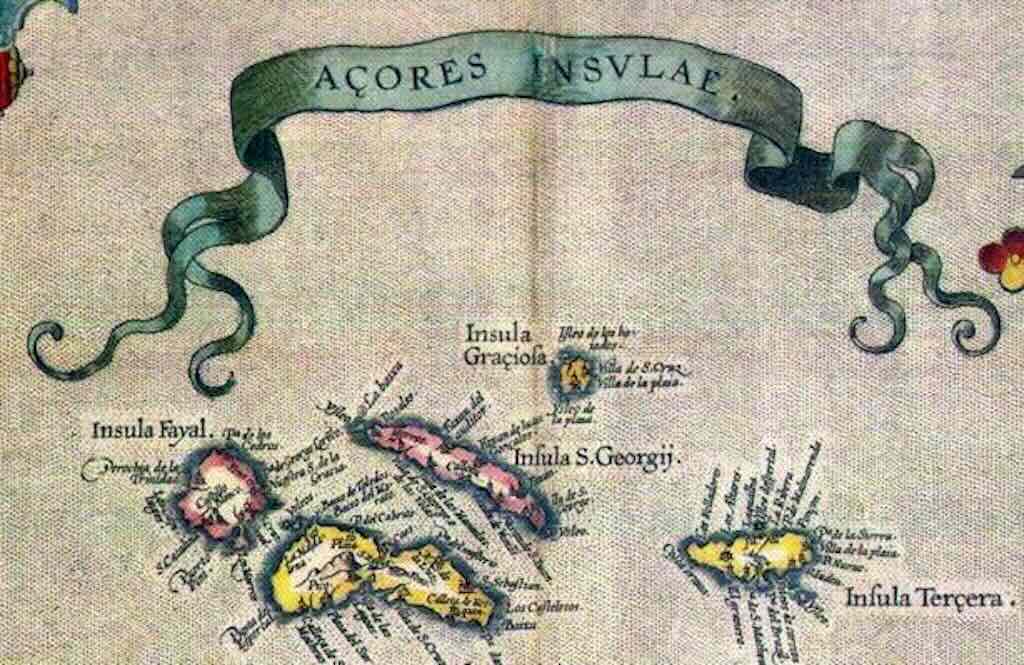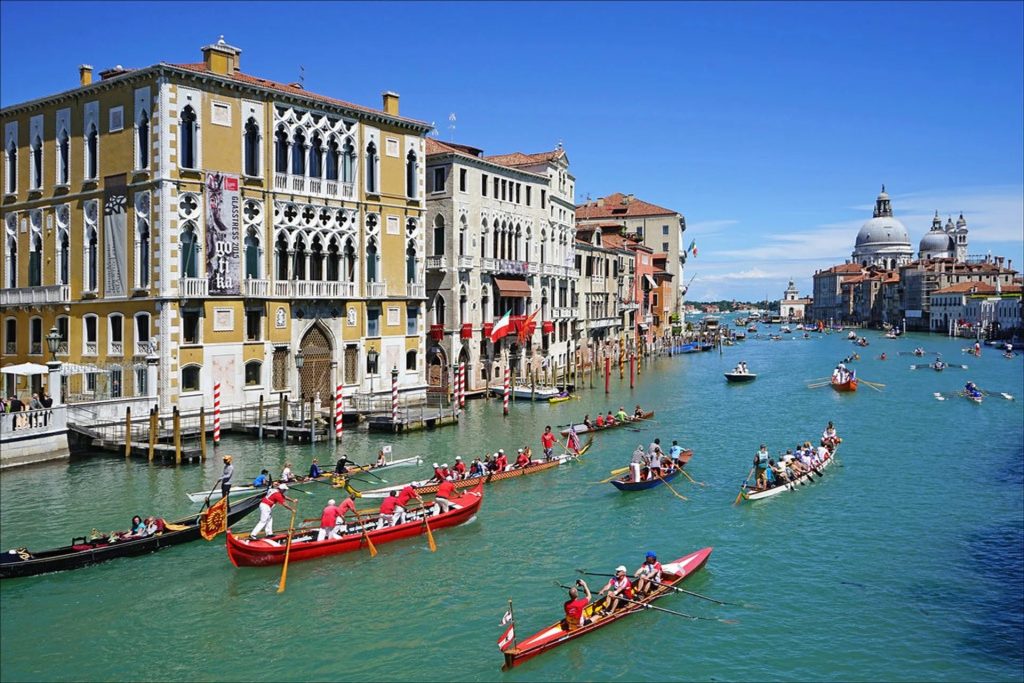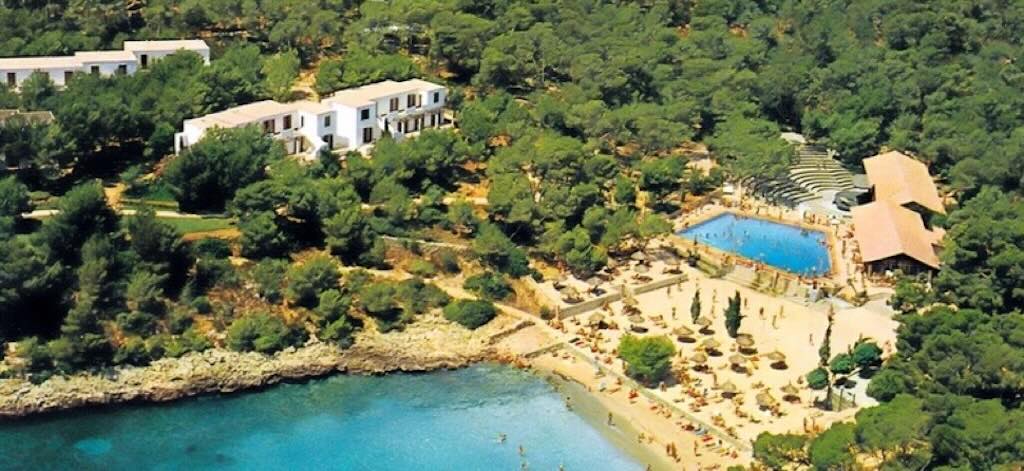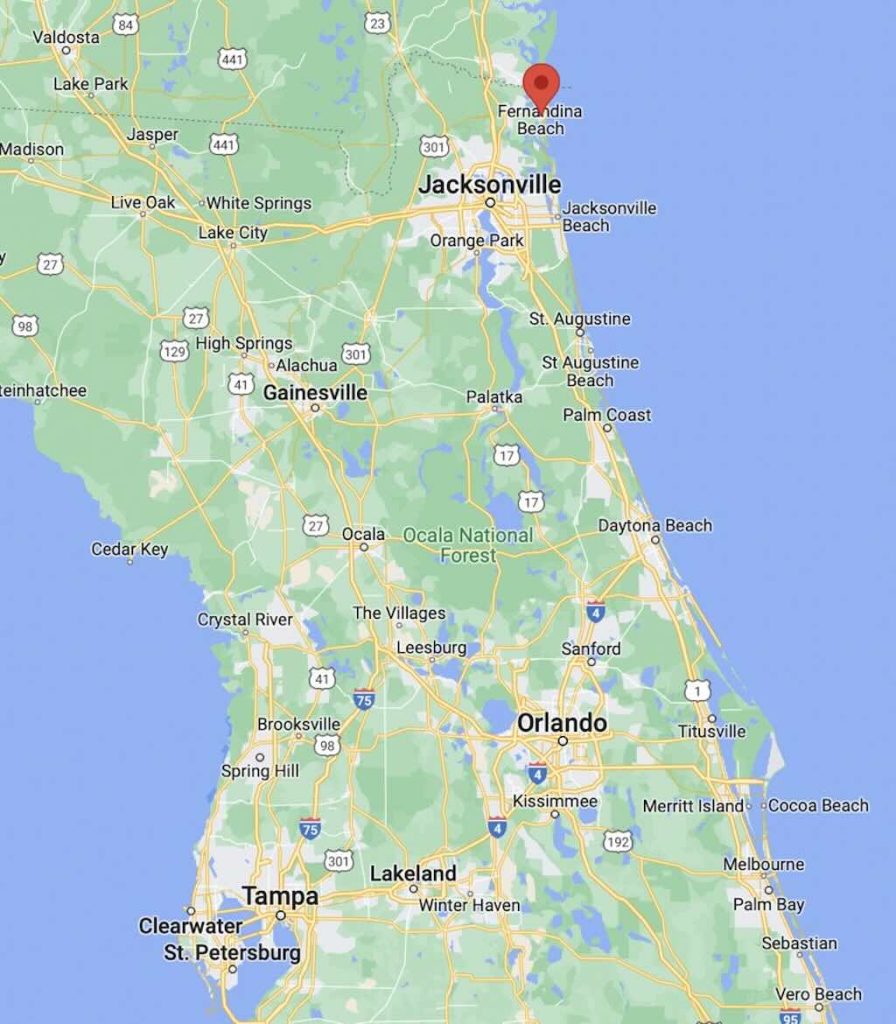In December 2023 the light of my life, Monique, passed away. It was, and will always be, the most traumatic experience of my life. And it left me in a kind of limbo. How could I evolve a completely new “life view” for myself, whilst trying to understand how to live everyday with the memories of 49 years spent together?
One small facet of my new life was the desire to continue to travel, but only to places where my beloved wife would never have want to go. So in November-December 2024 I went on a Ponant expedition cruise “Expedition to Southern Lands” to the Antarctic.
I had never been on a cruise, never slept on a ship, never been to Argentina, or even visited South America. I’d never saw myself as being passionate about wildlife, but the whole experience was an eyeopener. I enjoyed every minute, and the whole experience was enhanced by the people I had the privilege to meet onboard. I also realised that as a 73-year old, time was not on my side.
“Striking when the iron is hot” expresses my decision to quickly book another two trips:-
Whale watching and marine ecosystems in the Azores Islands: Portugal
Svalbard Explorer – Best of High Arctic Norway
I wrote a series of posts on my blog about my Antarctic trip, and a good entry point is Travel – Planning a Cruise to the Antarctic.
This post is the first in a series about my trip whale watching in the Azores.
What and where are the Azores?
The Azores are a Portuguese archipelago in the North Atlantic Ocean, about 1,400 km west of mainland Portugal. The islands were officially discovered and settled by the Portuguese in the 15th century, though some historical sources suggest they may have been known to earlier explorers.
The Azores were discovered between 1427 and 1452 during the Age of Discovery, under the sponsorship of Prince Henry the Navigator (1394-1460). The first settlers arrived mainly from Portugal (Algarve, Alentejo, and Minho), but later waves included Flemish, French, and Jewish communities. The Azores became a crucial transatlantic stopover from the late 15th century onward, particularly for Portuguese, Spanish, and later British and Dutch ships navigating between Europe, Africa, and the Americas. For example, in 1493, Christopher Columbus stopped in the Azores (Santa Maria Island) on his return voyage from his first expedition to the Americas.
In the 16th and 17th centuries, the Azores were a target for pirates and privateers, including the English and the Dutch. During the Iberian Union (1580-1640), the Azores were the last Portuguese territory to resist Spanish rule. In the World Wars, the islands hosted Allied bases, and during the Cold War, the US maintained an airbase at Lajes Field (Terceira Island), which remains a key NATO installation.
In 1976, after the Carnation Revolution (1974), the Azores gained autonomy within Portugal, with its own government and legislative assembly. Today, the Azores are a Portuguese Autonomous Region with a focus on sustainable development, renewable energy, and tourism.
The Azores are also a unique natural laboratory for various scientific disciplines, including geology, volcanology, marine biology, and climatology. For example, the Azores sit on the Azores Triple Junction, where three tectonic plates (North American plate, the Eurasian plate and the African plate) meet. Also the Azores host one of the world’s richest marine ecosystems, due to upwelling currents and deep-sea trenches. It is a hotspot for cetaceans, with over 25 species recorded.
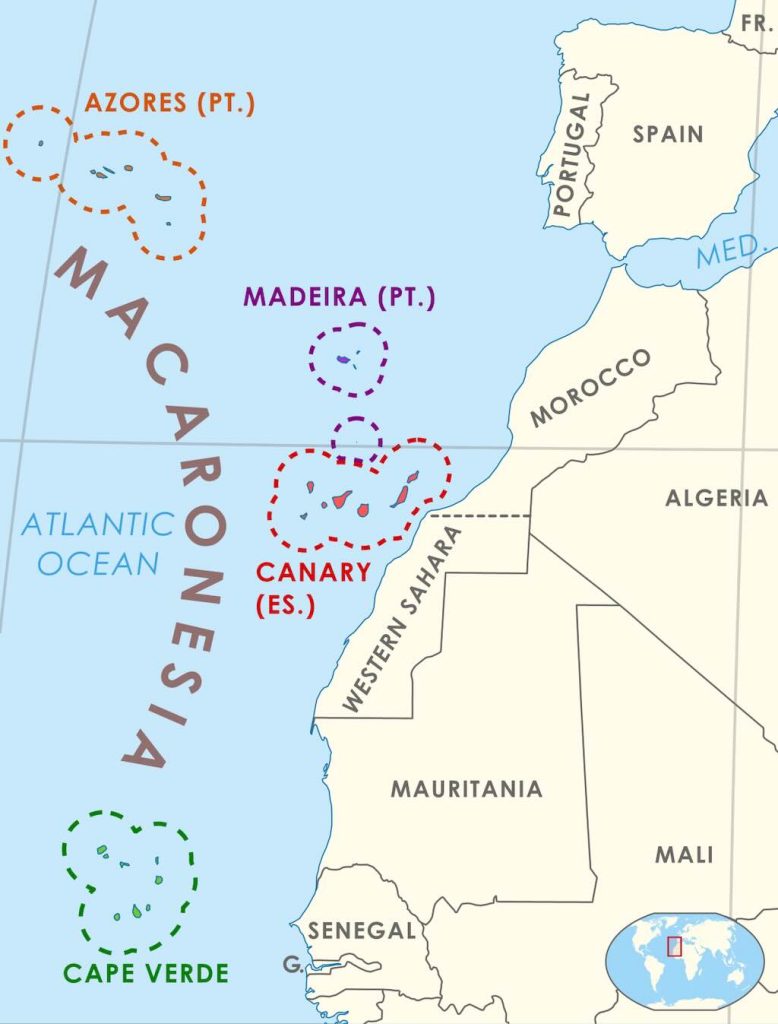
The Azores are part of Macaronesia, a group of four volcanic archipelagos in the North Atlantic, with the Azores and Madeira (Portugal), the Canary Islands (Spain), and the independent nation Cabo Verde. The Azores are the northernmost and most isolated of the Macaronesian archipelagos, and are more influenced by the mid-Atlantic climate and tectonic activity.
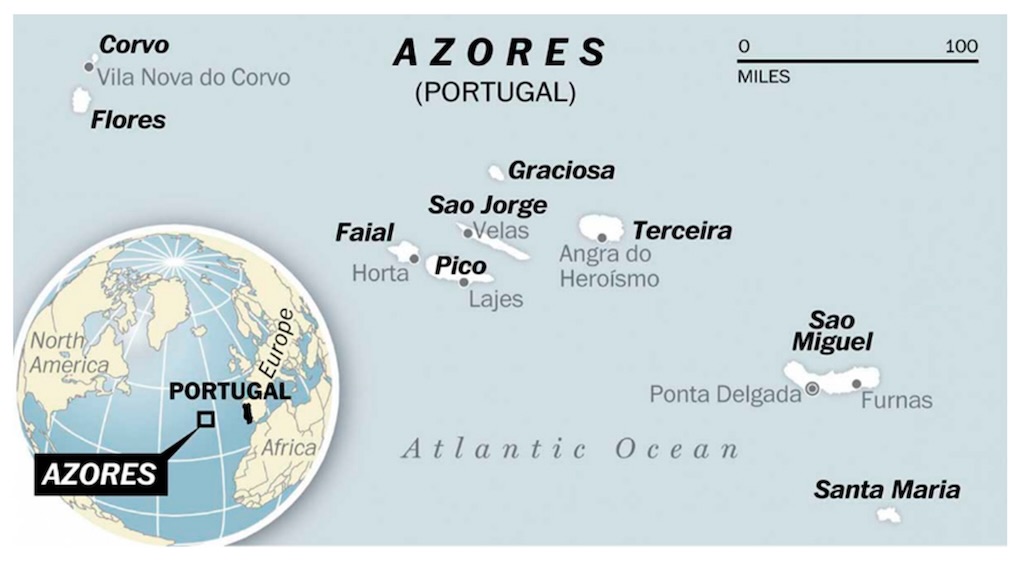
The nine major islands of the Azores cover approximately 2,350 square kilometres, for a population of around 240,000. With approximately 106 inhabitants per square kilometre, it’s slightly less than the average for Portugal (114 inhabitants per square kilometre). The Gross Domestic Product per capita (2023) for the Azores was approximately €22,346, which is about 88% of Portugal’s national average of €25,277.
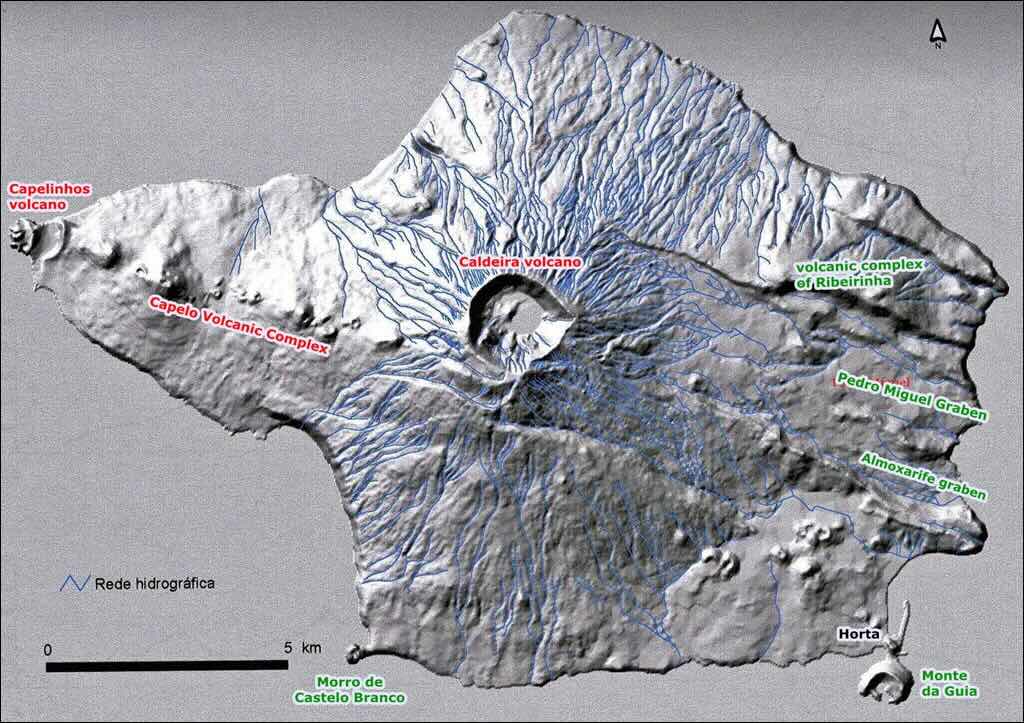
We were based on the island of Faial, which is a small island separated from Pico Island by the Faial-Pico Channel (~8 km). It has a population of ~14,000 (2021 census), concentrated in Horta, the island’s main city. Faial is home to the Department of Oceanography and Fisheries of the University of the Azores.
The Capelinhos eruption was the last volcanic eruption on Faial Island, occurring between September 27, 1957, and October 24, 1958. It was a submarine (Surtseyan) eruption that later built up new land above sea level. At the time ~2,000 people were displaced due to ash fallout and earthquakes. In fact the eruption contributed to mass emigration, particularly to the United States. And the US government, under the Azorean Refugee Act (1958), granted special immigration status to affected families.
The Caldeira Volcano, at the island’s centre, is considered dormant but not extinct.
Why the Azores in May?
Let’s just step back a moment. My wife and I had seen one or two whales in SeaWorld and Marineland (which has now closed). And I had seen a couple of whales in their natural habitat during a recent cruise in the Antarctic (Nov.-Dec. 2024).
Seeing them in their natural habitat was a special experience, but I didn’t have whale watching on my list of “must see/do”. In fact, I think that animals, no matter how intelligent or awe-inspiring, should be left alone.
But the nature of this particular trip changed my mind, because it did not just offer the opportunity to observe whales in the open ocean, but it integrated the conservation effort in protecting an endangered species. And included a visit to some volcanoes, in a place where I had never visited, and would probably never have thought to visit.
It is possible to see whales in the open seas and oceans, in many part of the world. In North America (e.g. Monterey Bay, Alaska, Vancouver Island), in Central & South America (Baja California and the Peninsula Valdés), in South Africa, Mauritius and Madagascar, and in Sri Lanka, New Zealand, Tonga, Queensland and Western Australia.
In Europe whales can be see in the Azores, Iceland and off the Hebrides Islands.
According to the experts the Azores is one of the world’s best locations to see Blue Whales and Sperm Whales.
Whale watching in the Azores in May is one of the best months to see a variety of whales, including Blue Whales, Fin Whales, and Sei Whales, because they migrate through the Azores during spring (Sperm whales are resident there). In addition in May temperatures are pleasant (around 16–20°C) with lower humidity than summer. Sea conditions are generally good, and the tourist season has not yet kicked-in.
The trip included some local sightseeing, and spring means blooming flowers, green landscapes, and waterfalls at their fullest.
However, we were warned that the Azores have fast-changing weather, meaning rain, wind, and sun all in one day, and some trips could be cancelled due to rough seas, especially early in the month.
The trip itself was promoted as a ‘Discovery Tour‘ by New Scientist, a UK-based, English language, popular science magazine. Despite the trip being promoted by New Scientist, it would appear that the actual organisation of the trip was outsourced to Intrepid, who also used a local guides for the actual whale watching, and island trips, etc. Frankly, I’m not sure how much the New Scientist was actually involved, or was it just a mix of credibility marketing and window dressing.
However, the first good point was that we would be accompanied by a team of marine experts, including marine biologist and oceanographer Dr Russell Arnott, and would “spend time both at sea and on land surrounded by a host of different animals”.
At sea we would search for blue whales and sperm whales, and might see baleen, pilot and fin whales, plus bottlenose, Risso’s, spotted and striped dolphins.
On land we would visit a seabird colony, inspect the islands’ local volcanic geology (the Caldeira and Capelinhos volcano), and would learn how it supports unique viniculture.
Original travel programme
13 May 2025 (Day 1) Early evening talk with marine biologist Russell Arnott.
14 May 2025 (Day 2) “Behind-the-scenes” with researchers and biologists from the universities of Lisbon and the Azores, about spotting whales, dolphins, turtles and birds. Learn about global conservation efforts and how data is shared. Help collect and measure microplastics in the ocean, as well as acoustic records of the different whales and dolphins in the nearby waters.
The duration of the time at sea will depend on where the marine species are to be found on the day and the weather forecast. On each day, the aim is for two three-hour expeditions aboard Zodiac boats.
In the evening, visit the largest colony of Cory’s Shearwater (Calonectris borealis) in Faial with a local biologist. From late spring to late summer, 80% of the world’s population of Cory’s Shearwater nest in the Azores.
15 May 2025 (Day 3) Visit to the Caldeira and Capelinhos volcanoes. This involved a few short walks at each site, plus a visit to the Museum of the Capelinhos Volcano. There was a second evening talk by Russell Arnott.
16 May 2025 (Day 4) Two 3-hour trips in the Zodiacs to observe whales and dolphins, and learn about their behaviour, migratory patterns and the work undertaken by the local scientists to understand and protect them. There was a third evening talk by Russell Arnott.
17 May 2025 (Day 5) Exploring Pico Island and its UNESCO-protected landscape, including a 30.minute ferry ride and short walks. Lunch was included, which also included a vineyard visit and tasting.
18 May 2025 (Day 6) Morning excursion to explore the Faial coastline, including sightings of whales and dolphins. The afternoon was free, and there was a farewell dinner.
19 May 2025 (Day 7) Transfer to Horta airport.
How the trip was organised
The trip package included six nights accommodation, including breakfasts, and two evening meals and one lunch. It also included transport on the island of Faial, and waterproof dungarees and jacket when at sea.
The hotel was the 4-star Hotel do Canal, Largo Dr. Manuel de Arriaga, 9900-026 Horta, Faial, Portugal, +351 292 202 120.
The package did not include flights to Horta, airport transfers, and travel insurance.
I decided to drive to Lisbon and spend some days there, both before and after the trip. I also booked a return flight Lisbon-Horta with Azores Airlines. My travel insurance was with Europ Assistance.
There was an explicit mention that “a lot of the itinerary will be on catamarans and smaller Zodiac boats at sea, and as such may not be suitable for those who suffer from seasickness”. For the marine safaris thick socks and warm footwear was recommended (waterproof dungarees and jacket were provided). It was also recommended to bring a warm, weatherproof coat.
In addition, it was stated that day tours may also involve rugged volcanic terrain and would require stout footwear.
The travel agency organising the trip was Intrepid Travel, a 30-year-old adventure travel company that claims to “go beneath the surface of a place and show you the hard-to-find spots”. They have a whole series of pages dedicated to explaining who they are and what they do, and I must admit after reading some of it, I’m no wiser.
They do have a very extensive set of trips on their website, including 14 different itineraries in Portugal. There was one called Highlights of the Azores, however this particular trip on Whale Watching in the Azores was not included.
However, I must note that I was impressed by the enormous variety of trips offered, and I will certain spend some time looking through them for inspiration.
On the other hand they have a very long and detailed set of booking condition specifically for bookings made within the European Economic Area (EU). The key points I retained were:-
- Trip prices may vary at any time in accordance with demand, market conditions and availability. It is likely that different passengers on the same trip have been charged different prices.
- Trips are guaranteed to depart once there is one fully paid customer unless minimum group size is specifically stated.
- For the majority of trips there is no upper age limit though some trips could be physically demanding, and travellers had to ensure that they were suitably fit to participate.
- Travel insurance was mandatory for all travellers, and must be taken out at the time of booking. Travel insurance must provide cover against personal accident, death, medical expenses and emergency repatriation with a recommended minimum coverage of US$200,000 for medical and emergency expenses. We also strongly recommend it covers cancellation, curtailment, personal liability and loss of luggage and personal effects.
- The nature of the trip may be adventurous and participation involves a degree of personal risk. You may be visiting places where the political, cultural and geographical attributes present dangers and physical challenges greater than those present in our daily lives.
- The laws of Germany govern these Booking Conditions to the fullest extent allowable.
- Medical Needs
- Dietary requirements
- Travel insurer name
- Travel insurance policy number
- Travel insurer emergency phone number
- Emergency contact name
- Emergency contact relationship
- Emergency contact phone number or email
- Passport number
- Passport nationality
- Passport date of issue
- Passport date of expiry.
They also noted that obtaining a visa, should it be needed, was the responsibility of the traveller. I did not need a visa.
The organisers explicitly advised that clients should purchase a policy that includes cancellation coverage just in case the trip is cancelled at the last minute due to an unforeseen circumstance.
Weather in the Azores in May
In order to prepare for the trip, packing list, etc. it’s useful to understand the weather conditions in the Azores, for the month of May. And if possible any special conditions relating to whale watching on a zodiac.
Temeeratures can be expected to vary between 13°C (night) and 19°C (average 16°C).
Packing for a trip to the Azores in May
So I had to decide what to pack. My starting point was my Travel – My Antarctic Packing List.
The final briefing pack (sent in mid-April 2024) included the following guidance on packing.
“Generally speaking, we recommend you pack as lightly as possible and make sure that you are able to carry and lift your own luggage, and walk with it for short distances or up or down a travellers usually heavy bags! Aim to keep your main luggage under 20kg“.
Packing List
Travel documents
- Passport
- Visas if required
- Travel insurance policy
- 24-hour emergency travel insurance contact and policy number
- Flight e-tickets
- Your travel itinerary
- Photocopies of important documents
- Youth/student/seniors cards for travel discounts
- Cash/credit cards
- $100 USD contingency fund in cash
- Money belt or pouch
Main luggage
- Daypack
- Drybag (for use on Zodiacs)
- Personal items
- Personal medication/prescriptions
- Glasses & sunglasses
- Contact lenses and solution
- Sunscreen
- Lip balm
- Motion sickness tablets
- Aspirin and/or paracetamol
- Toiletries
- Shaving equipment
Travel accessories
- Electrical adapter for the country you are travelling to (Type C/F)
- Camera and equipment
- Spare batteries/charger
- Phone
- Portable games/playing cards
- Water bottle
- Cloth/reusable shopping bags
- Torch
Clothing
- Sun hat
- Windproof/waterproof jacket
- Long-/short-sleeved shirts
- Jeans/trousers/shorts/skirts
- Socks/underwear
- Sandals
- Closed-toe shoes/boots for walking
- Sleepwear
- Waterproof bags for rain protection
- Waterproof trousers
• Note: bring/wear layers for when out at sea as temperatures can change
There was a specific section on “Water Bottle”. The advice was to “bring your own water bottle to refill along the way. Although it can be difficult to avoid bottled water travelling, please use the water dispensers which are provided on some of our vehicles and at some of our accommodation. Your leader will advise whether tap water is safe to drink in your destination, if it is you can simply refill with tap water. When unable to avoid bottle water it is better to the largest available and distribute in your smaller bottle for the day”.
There was an explicit mention that “a lot of the itinerary will be on catamarans and smaller Zodiac boats at sea, and as such may not be suitable for those who suffer from seasickness”. For the marine safaris thick socks and warm footwear was recommended (waterproof dungarees and jacket were provided). It was also recommended to bring a warm, weatherproof coat.
In addition, it was stated that day tours may also involve rugged volcanic terrain and would require stout footwear.
I personally found the Futurismo website really useful on “The Weather in the Azores in May: What to Wear and Do | Travel Guide“.
So what happened?
So check out the following blog posts:-
Hotel – Azores Faial Garden, in Horta
Flying – Azores Airlines and Horta Airport, Faial
Humberto Delgado Airport, Lisbon
Here are a few extra personal comments…
The tour guide (Armando) did ask for details on ID and insurance, and fortunately I had photocopies ready.
The tour started upon landing in Horta airport, and ended once we were back at the airport (late afternoon). This meant that all the problems we had leaving Faial, were outside the scope of the tour. The subject specialist (Russell) had left on Day 5, and the tour guide and two tour participants had also left by the morning, so the remaining four tour participants (including me) were on their own when delays, etc. hit. The sympathy of everyone didn’t solve our problems. Not a criticism, just a statement of fact.
I still don’t really know what the “division of responsibilities” was between New Scientist and Intrepid. We didn’t really have any problems during the trip itself, and the problems we had leaving Horta and getting back to Lisbon were outside the scope of the tour, and so the tour guide was no help at all. In fact, tour guide is probably better seen as a simple escort. Certainly useful, but given the expertise available on the island, I wonder if an escort was necessary.
Some of the descriptive elements in preparing for the trip were either incomplete, not necessary, or not included. In some cases the descriptions looked a little too generalised, e.g. mentioning catamarans when there were none on the site.
For example, the description mentioned the possibility to see “blue whales and sperm whales, and might see baleen, pilot and fin whales, plus bottlenose, Risso’s, spotted and striped dolphins“. Whereas the reality was that seeing blue whales and pilot whales was highly unlikely (humpback was far more likely), mentioning baleen was too generic, and again seeing spotted and striped dolphins was also very unlikely, but seeing common dolphins was far more likely.
And why did I need “$100 USD contingency fund” on a Portuguese island? Just use a local ATM.
In the final briefing pack there was no mention of waterproof clothes being provided, or mention of the lifejacket. I had to write to them to confirm this.
None of these comments are particularly important in themselves, but they show a lack of planning customisation/detail, as compare to what I had found when I took an explorer cruise to the Antarctic. There is just a whiff of “buyer beware”.
